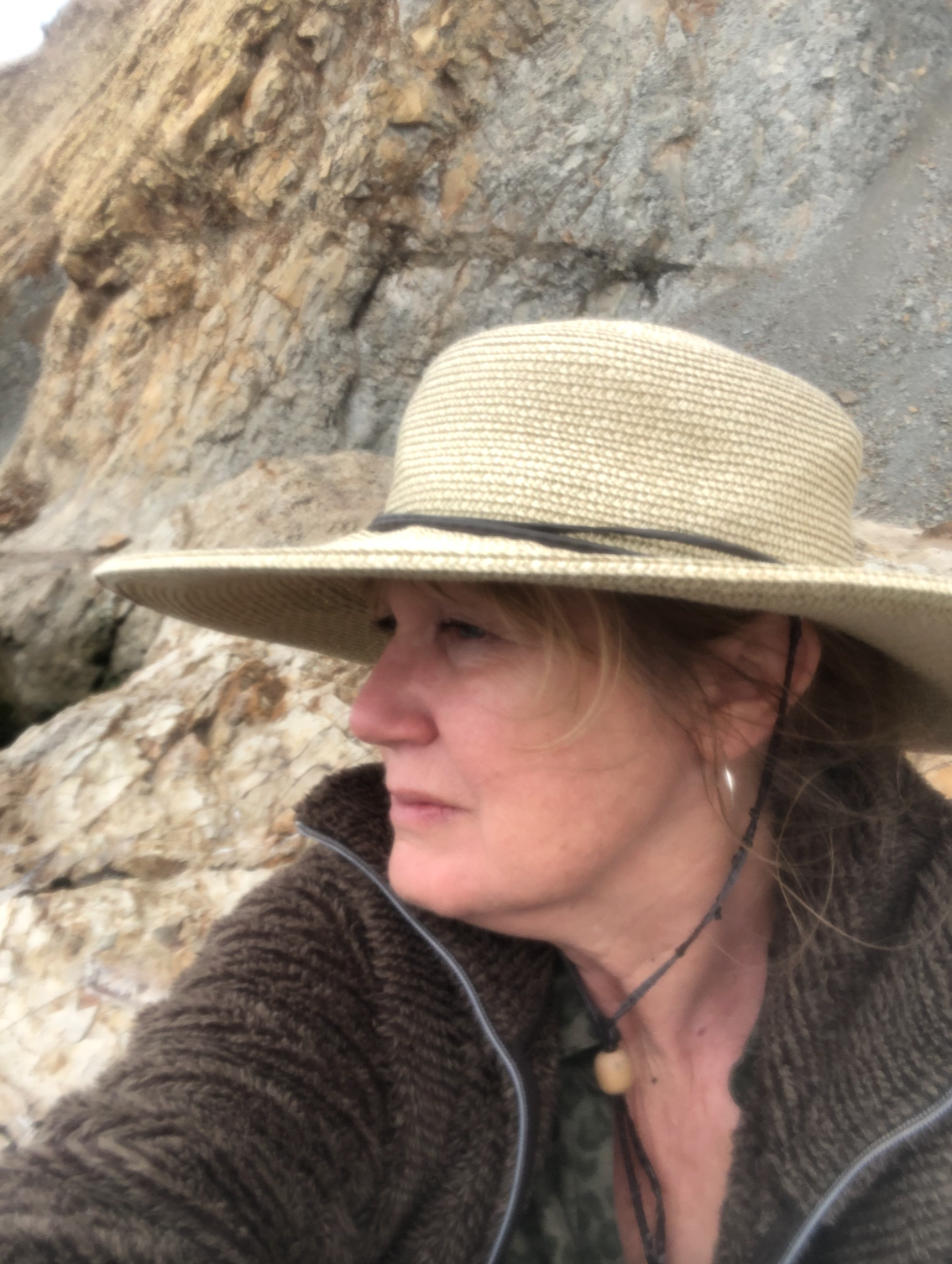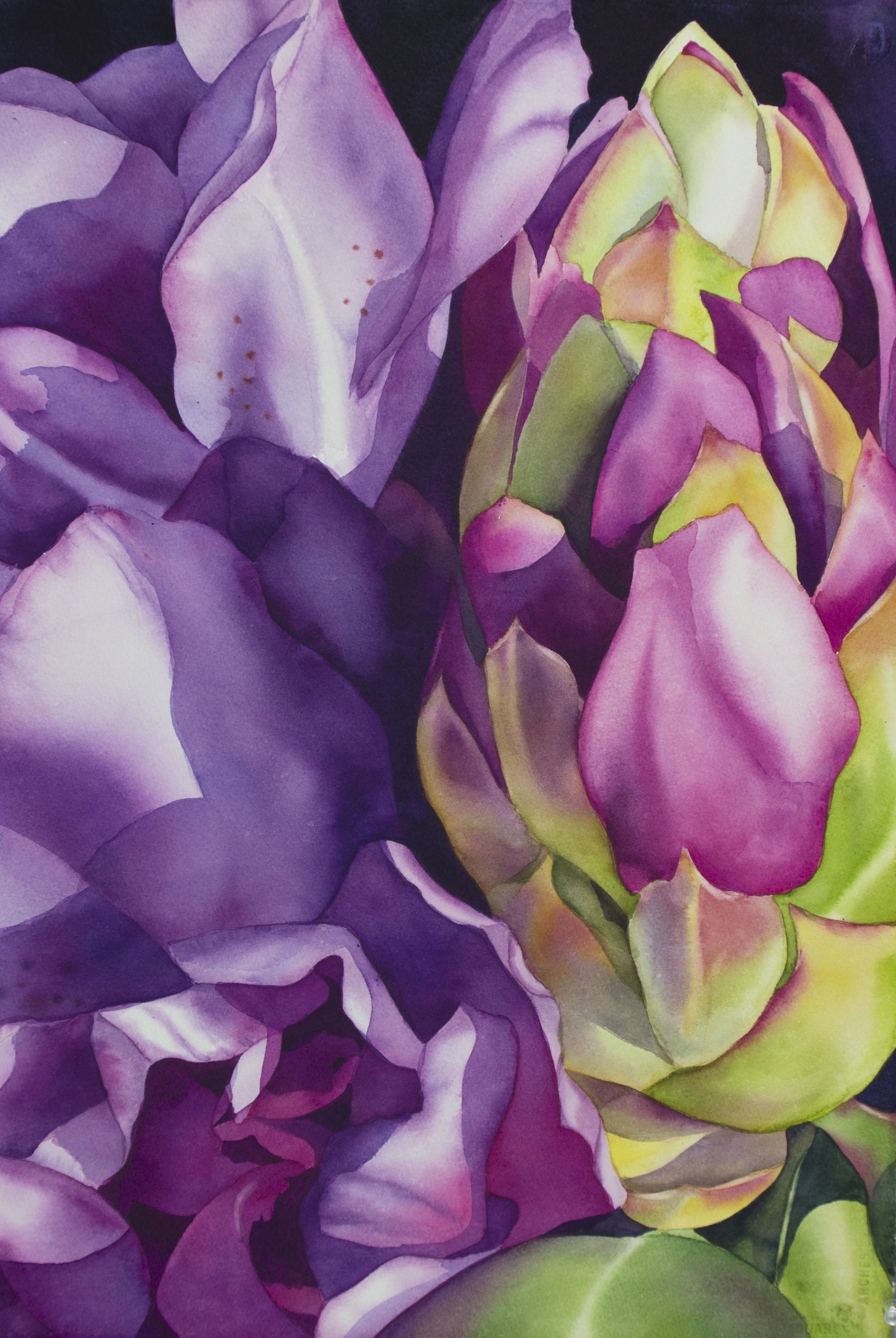Begin your painting adventure today!
Paint-at-your-own-pace with the step-by-step lessons.
Immediate access
This paint-at-your-own-pace course allows you to fully immerse yourself in making deliberate decisions about color and technique. We will focus on how to incorporate complementary colors into the composition, which can change the mood and convey emotion.
Begin painting by starting an underpainting process and gradually building up layers of color, paying attention to how the complementary colors interact with each other to create contrast and harmony.
Remember, painting with complementary colors can be both challenging and rewarding. Embrace the process and allow yourself the freedom to explore and experiment with color in your own unique way.
All levels are encouraged, but this course is tailored for individuals at an intermediate to advanced skill level.
"Thanks, Birgit, for yet another learning masterpiece experience. You have no idea how exceptional your teaching style is, accommodating so many of us at so many different levels and learning styles." Gail Gabriel
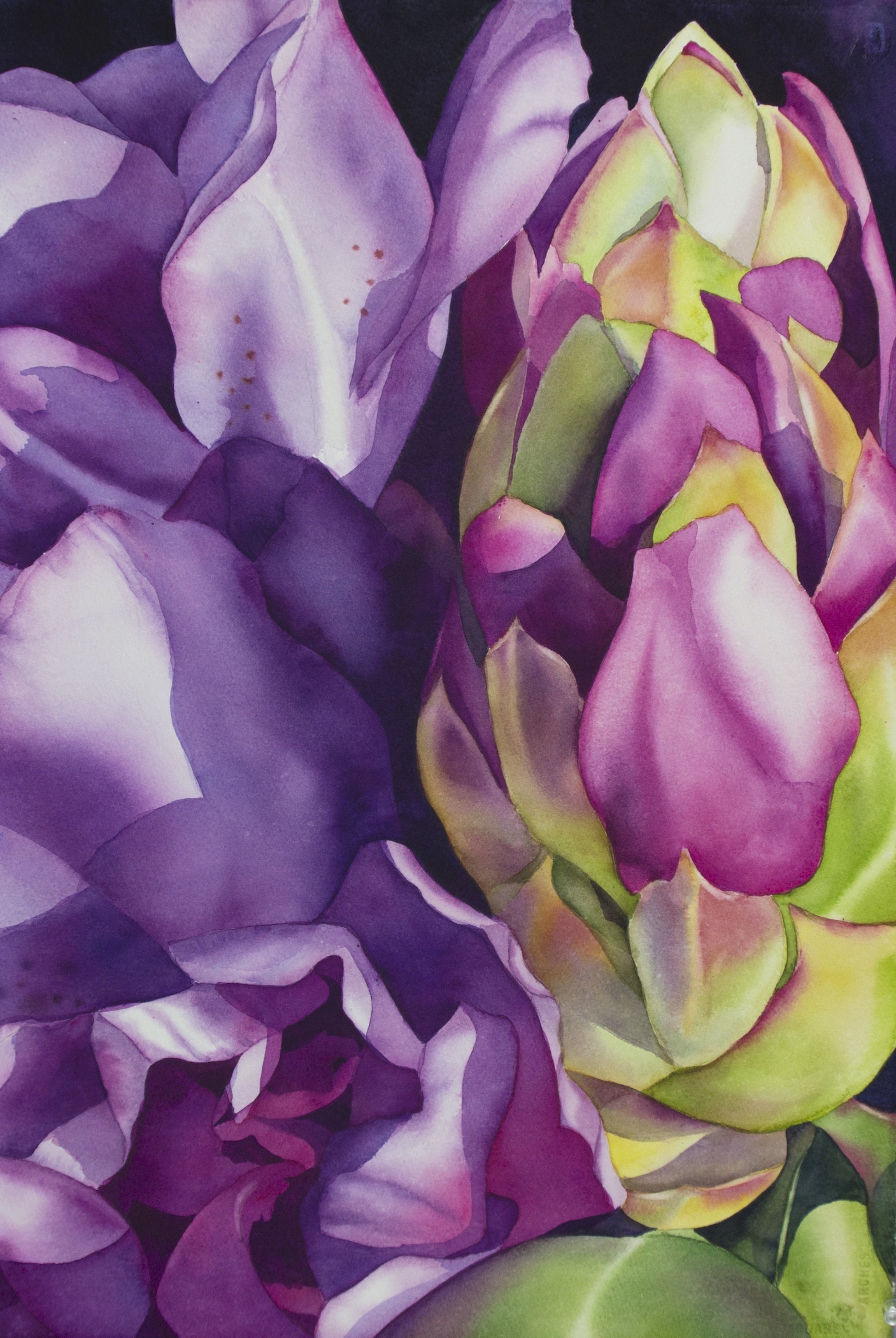
About the composition
Did you know that a painting that has been separated in the middle yet bridged with color can be intriguing and visually striking for several reasons:
Visual Contrast: The separation creates a clear division between two parts of the painting, which can draw attention and create contrast between different elements or themes.
Unity through Color: The use of color to bridge the gap can create a sense of cohesion and unity across the divided parts. It ties the composition together and gives a sense of continuity despite the separation.
Emphasis and Focus: The color bridge can serve as a focal point, directing the viewer's eye across the painting or highlighting a specific area. It adds emphasis and significance to that particular element.
Symbolism and Meaning: Depending on the context and the artist's intention, the separation and the bridging color can carry symbolic meaning. It could represent connection, transition, or even conflict and resolution, depending on how it's interpreted.
Artistic Technique: From a technical perspective, using a color bridge requires skill and creativity. It demonstrates the artist's ability to manipulate composition and color theory to achieve a specific aesthetic or emotional effect.
"You make it absolutely seamless and easy to understand! What you're offering in your classes is amazing Thank you so much for doing what you do!" Susan Tate
Who This is For
Anyone who would like to go beyond basic instruction to become more creative.
Paint at your own pace through the step-by-step lessons, create the illusion of movement and depth, and then apply these techniques to your own works of art.
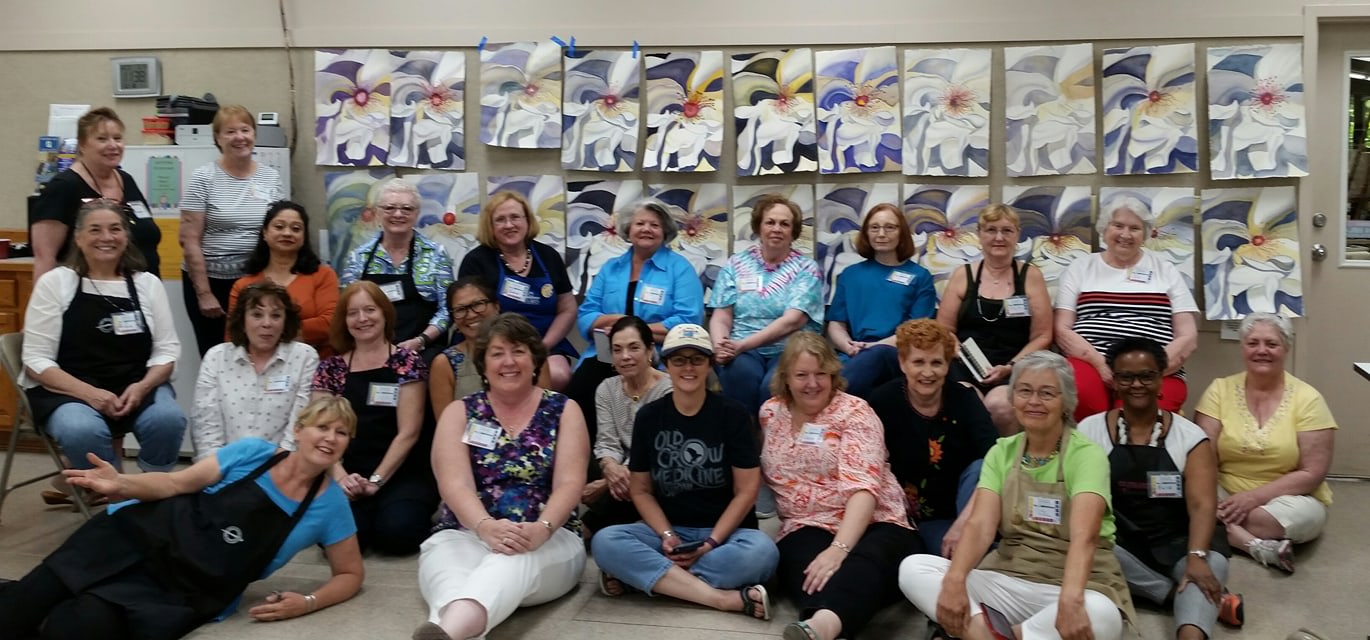
"what a fun and challenging project.....can't wait to try it again.." Deidre
View Curriculum
- 1. Choosing the composition and colors (3:49)
- 1 a. Practice first (15:56)
- 2. Getting started and reserving highlights (7:03)
- 3. Working the petals (6:06)
- 4. Layering (4:13)
- 5. Pulling the pieces together (6:03)
- 6. Shadows (5:28)
- 7. Adding the greens (8:36)
- 8. Smaller details (8:35)
- 9. Push & pull (7:38)
- 10. Final details (13:06)
“I've learned so much in this class. From softening lines to evaluating the painting, it's been so informative, and I'm excited to apply what I've learned to something I design myself.” Debra Dunlap
Student Paintings
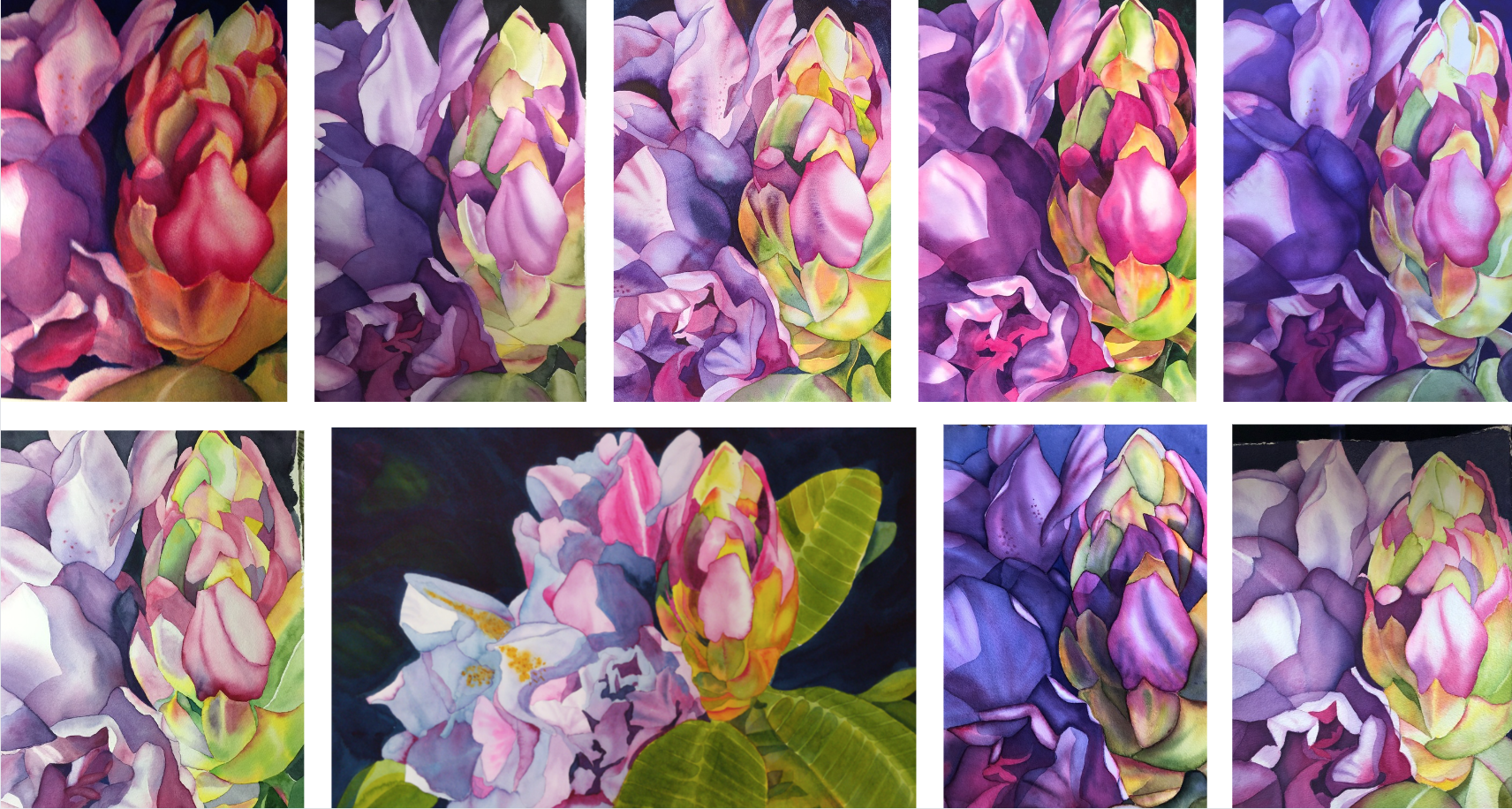
About Birgit O'Connor
A master of transparent watercolor and with Master Signature Status of the (NWWS) NorthWest Watercolor Society, (LWS) Lousiana Watercolor Society, (CWA) California Watercolor Society.
My top-selling books include “Watercolor in Motion,” “Paint Watercolor Flowers,” and “Watercolor Essentials.” I have also been published in over 60 other national and international publications, such as Splash, Watercolor Magazine, American Watercolor Magazine, International Artist Magazine, Australian Artist Magazine, the New York Times, SF Gate, Watercolor Magazine, Dobry Zank (Poland), and L’Art de aquarelle (France).
A featured instructor with many Art Centers and Watercolor Societies throughout the United States and Canada, and A faculty member of Watercolor Live 2020, 2021, 2023. Additionally, my work has been juried into several national and international exhibitions. I have also served as a judge and juror for numerous shows, including the Transparent Watercolor Society of America. Her memberships include Cambridge Who’s Who, Who's Who in America, and Who’s Who in American Women.
